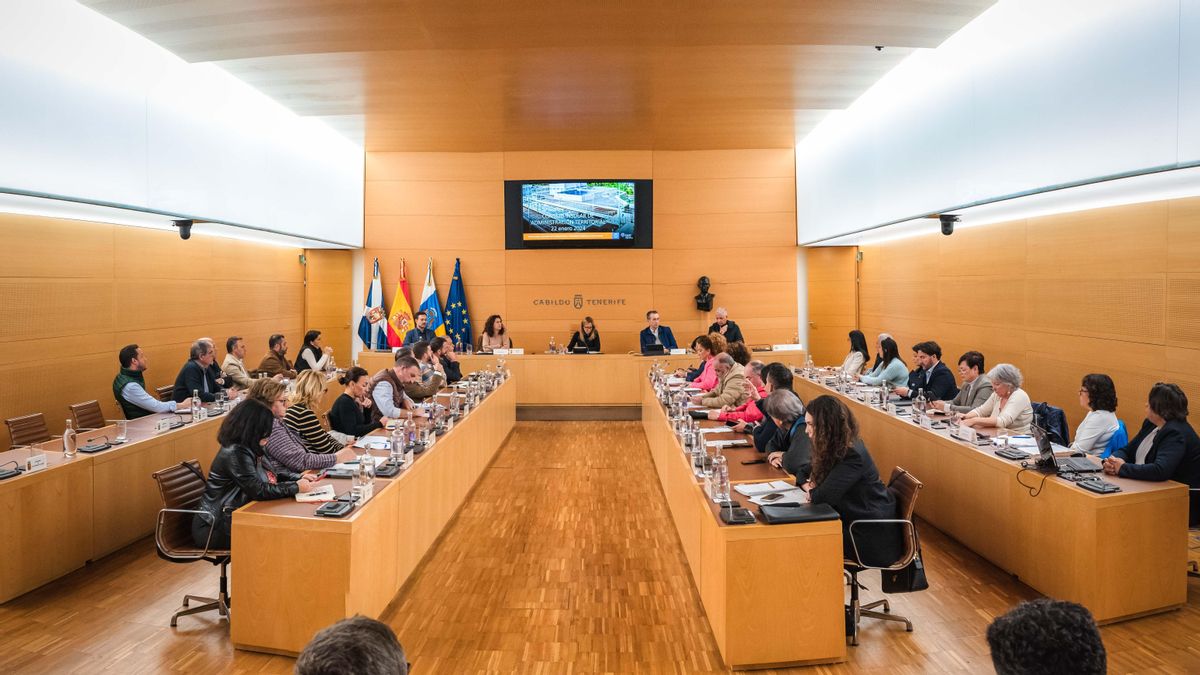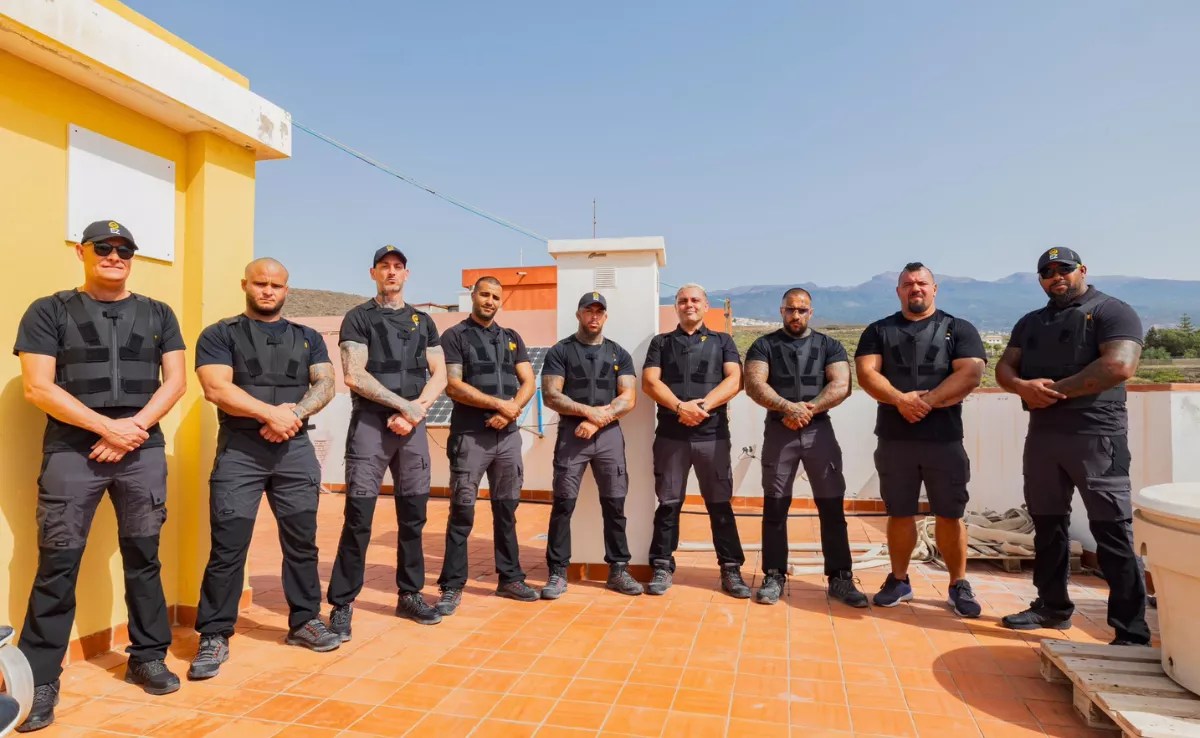The Cabildo of Tenerife has committed to designing a shock plan with the 31 municipalities of the island to address “the very serious problem of sanitation” and thus achieve the “non-postponable” objective of a “zero discharge” policy into the sea, according to announced this Monday by the president of the corporation, Rosa Dávila (CC).
The head of the Tenerife Cabildo and its vice president, Lope Afonso (PP), reported this Monday that this is one of the issues addressed at the meeting of the Insular Council of Territorial Administration (CIAT), where issues have also been discussed. related to housing and employment.
Rosa Dávila thanked the “unanimous” support that in her opinion the mayors present at the meeting have expressed for there to be a comprehensive island water policy “and, above all, with a very important objective: sustainable water management.” water”.
This issue is also “an unavoidable objective” for the Tenerife Council, I stated, and that is why it is addressing the large infrastructures of the general purification systems and collectors, and has said that “it is also essential to have the participation of the town councils.” in this ambit.
To do this, according to the Cabildo, a shock plan will be designed with the municipalities so that homes can be connected to sanitation so that the wastewater ends up in the collectors and there are no discharges on the coast and in the subsoil waters, he said. Dávila pointed out.
The insular vice president, Lope Afonso, has specified that this Monday the first step has been taken from the technical and political point of view so that in the coming months the shock plan is finalized and has pointed out that the municipalities directly attend to the management of their sanitation, supply and purification systems but, he added, “we are clear that this is not a policy of watertight compartments but rather an insular policy”, hence the Cabildo’s initiative.
Another issue addressed at CIAT has been housing, a policy in which the Tenerife Cabildo “has not been actively present in recent years” but which in this mandate has been activated to be able to provide affordable housing especially for those Vulnerable and young people need it most, Rosa Dávila continued.
Hence the two “innovative” programs that the island corporation has presented for the acquisition of housing and land and the vice president Lope Afonso has admitted that from the point of view of the powers of the Cabildo “it is not easy to play in the field of dynamization of the real estate market but we have found the formula” through the different agreements that have been adopted with the Canary Islands Housing Institute (Icavi).

It is a “triangular” form of management with Icavi and the municipalities so that the Cabildo can promote the acquisition of housing or land, and in both modalities the insular corporation “will participate actively with the aim of finding solutions to a problem as serious as housing.”
In this way, once it obtains the necessary financing, the Cabildo will be able to provide land for its urbanization, once the municipalities indicate those parts of their territories that are ready to be developed with the purpose of giving rise to the generation of housing, Afonso added.
The other modality is the acquisition of homes that are about to be built or that have already been completed, but that due to the circumstances have not been able to be put on the market and that, also in cooperation with the town councils, will be provided to the people who need them. municipalities have been identified as applicants with a special need for housing.
Furthermore, the CIAT meeting discussed the implementation of an employment plan by the Cabildo, for whose financing it has gone from 8.2 to 10 million euros and for whose implementation the island corporation hopes to receive the contributions of the consistories.
In this regard, President Rosa Dávila has pointed out that the situation in this area is “very heterogeneous”, since it is based on the employment needs in very small municipalities, which have less than 5,000 inhabitants, compared to others such as Santa Cruz de Tenerife “which exceeds 300,000 residents”, he said.














